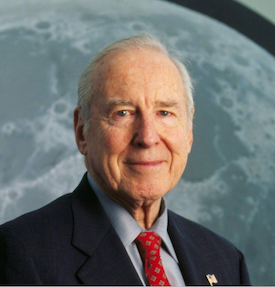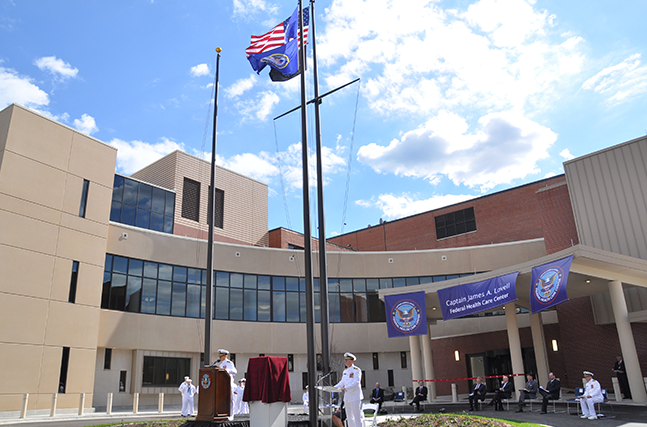Opinion/Editorial
THE BRIDGE OVER TROUBLED WATERS
There is one of them. Only one. Others were tried but only one remains. That one thing is the Naval V.A. Medical Facility just off of Great Lakes Naval Base in North Chicago. It is not part of the V.A. It was a lonely child that nobody really wanted, except one very important man. His name is James Lovell, retired astronaut, and hero to many. His name emblazons the entrance and just about every other identification of this special federal facility, for a good reason. He fought to get the U.S. Congress itself to independently support this special mixed services facility financially. The Lovell facility is the only federal health care facility that combines active duty military with veteran services.
Why is this facility, located about 43 miles toward Chicago a subject of this Op/Ed?
Because one of the Geneva Shore Report veteran staff members ended up there last week. The staff member went at first to a local hospital, where he was basically turned away, and told that he needed to go to the V.A. because he was ‘stabilized’ with respect to a possible heart condition. When the vet got to the Lovell facility he walked in the door of that hospital and was greeted by a team of technicians and nurses. Smiling and welcoming, they put him immediately into an impressive treatment room. They diagnosed, began medication, and the rotating teams never left the vet’s side, not for one and a half days. The admitting physician, Dr. William Lauth, was totally caring and brilliantly knowledgeable. The patient was anxious, and a bit terrified by the whole experience, but after about five hours that all disappeared, as the ‘team’ took over and lent many assurances and total reporting on what the ongoing EKG and other tests were showing. Dr. Grazmuri was the attending physician. Chang Kim was the head of the team, and what a leader she was. She got the veteran through that first terrible night almost on her own. The team members consisted of U.S. Navy Lt. Monarrez (about half the employees at the facility are active duty military) and RN, Trish Colangelo.
From the E.R. the patient was passed on, for another two days, to the cardiac care unit. It is interesting to reflect on the fact that while in these small rooms of high technology in both places, the staff members sat working on their computers. It took a while to figure out what they were doing in the same room with the vet patient. They proved to be there to provide real up close and personal care, and assurance, and instant responsiveness. The

Captain James Lovell, In 1968, as command module pilot of Apollo 8, he became one of the first three humans to fly to and orbit the Moon. He then commanded the 1970 Apollo 13 lunar mission
patient had not really slept in days but he fell asleep in their care. Being enfolded into the heart of the James Lovell Facility was so much of a gigantic relief that the effect is hard to describe. The attendants, one and all, constantly thanked the veteran for his service. Once truly stabilized, and there is simply no describing the advanced equipment and attention it took to do that, the patient was sent on to a post-surgical floor to receive outstanding, but more limited care.
Dr. Ragda Al Anbari was the attending on that fourth floor. Renju Ginson was the floor RN. The same caring experience, as in the ER and in the ICU,
was repeated in miniature. When it was time to be discharged, totally ambulatory, and without pain or anxiety, it was like being Norm and walking into the Cheers Bar. Everyone knew the vet’s name and all the caregivers indicated how much they had enjoyed taking care of him.
James Lovell was behind all this. He has helped create a special place in space and time that is like a Shangri la of medical help and care. It’s a special place every day and night at the Lovell facility, and the level of its care runs directly into the face of much criticism directed at federally offered service and facilities. By the way, if you should happen to end up in that Lovell E.R. then you just have to love the gigantic Tesla-like display at your bedside, with all the facts about your well-being constantly being provided across the multi-colored display.
Go to the Lovell facility and bring them flowers and chocolates, just in case. And if you are a civilian, they still treat you until you are stabilized, and stabilized, defined by that great crew, is like nothing found almost anywhere else.
“When you’re weary, feeling small…” you go to the Lovell Federal Health Care Center.









